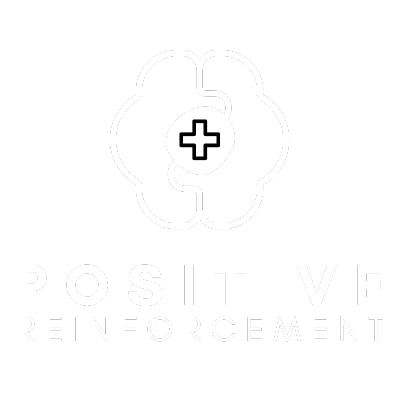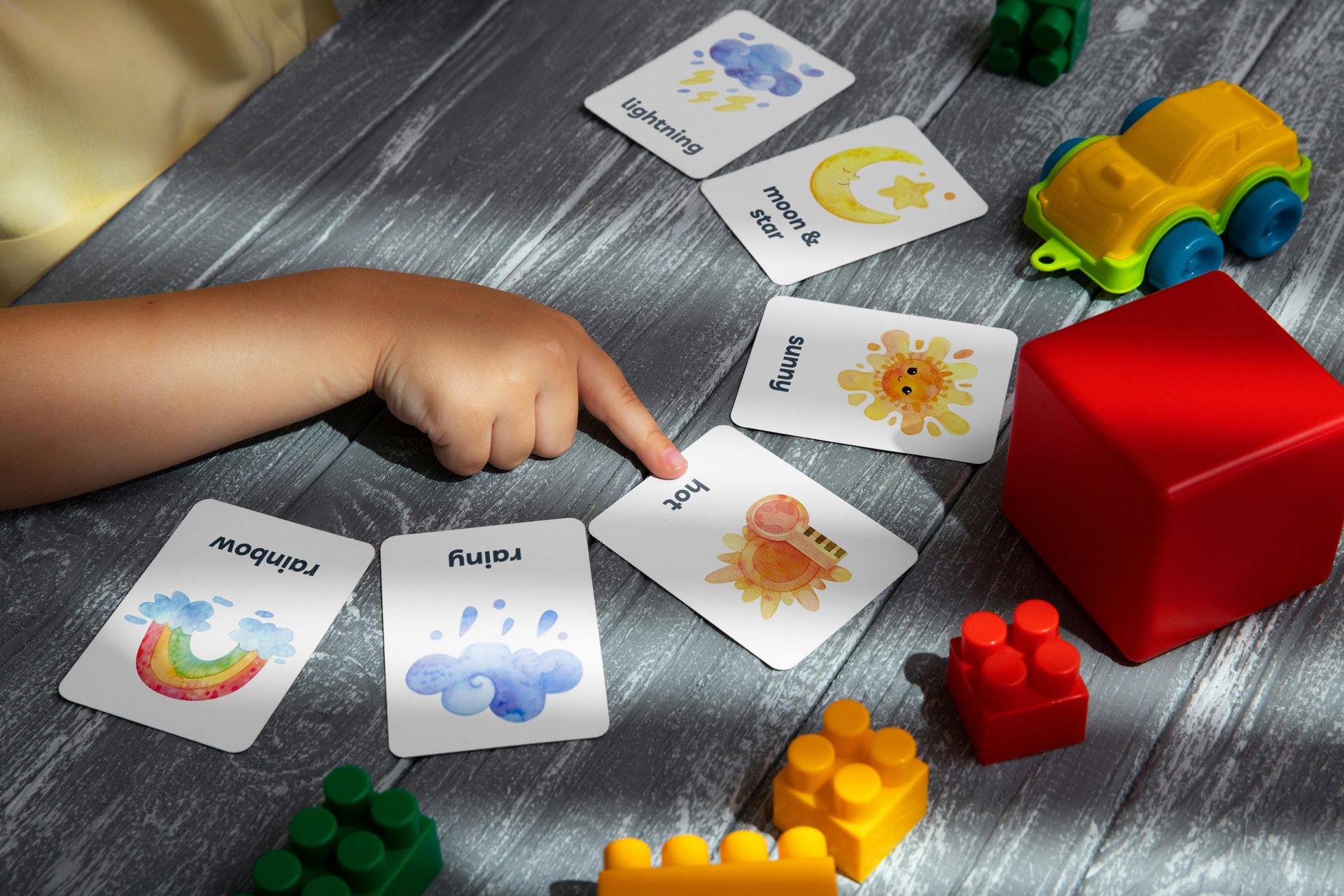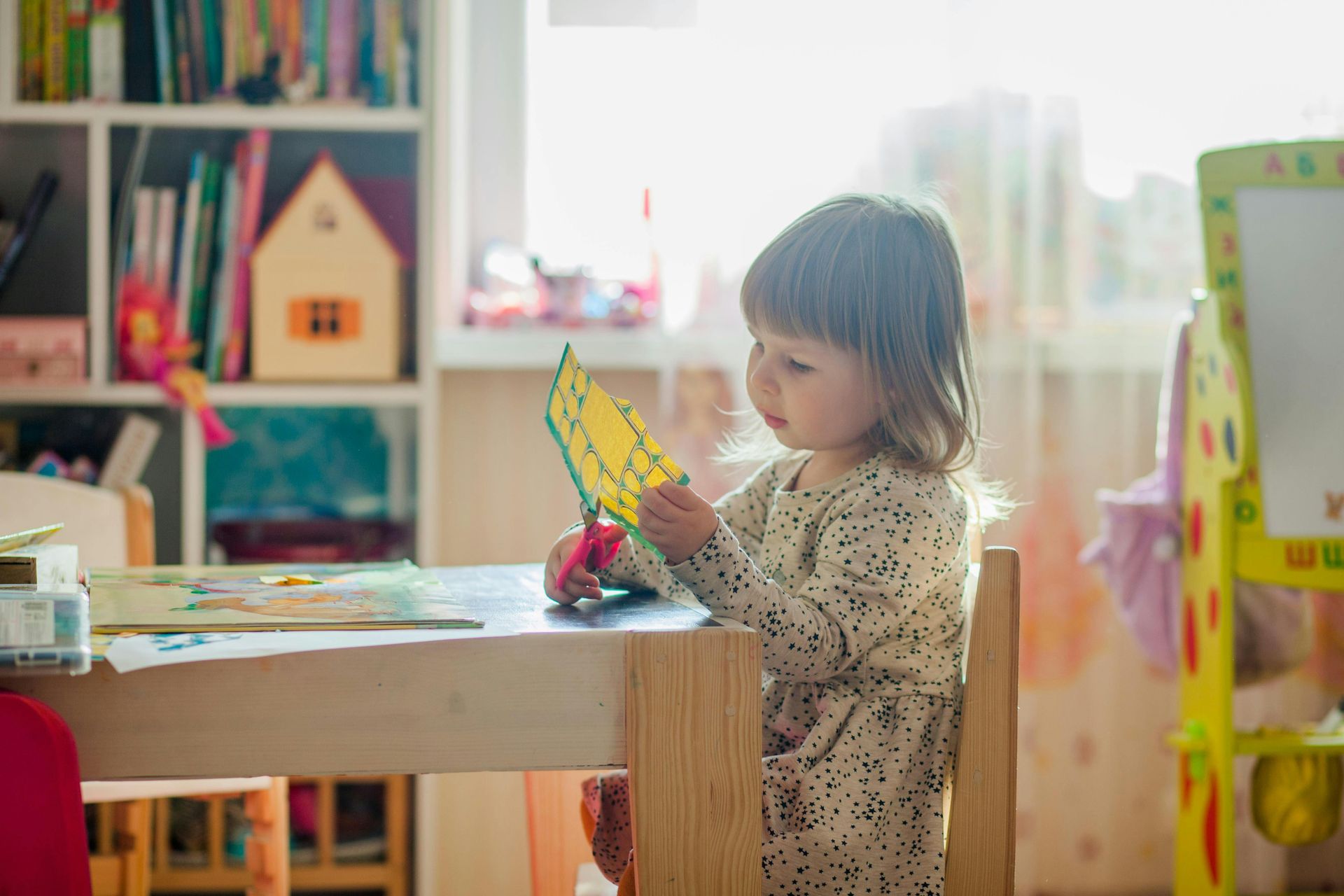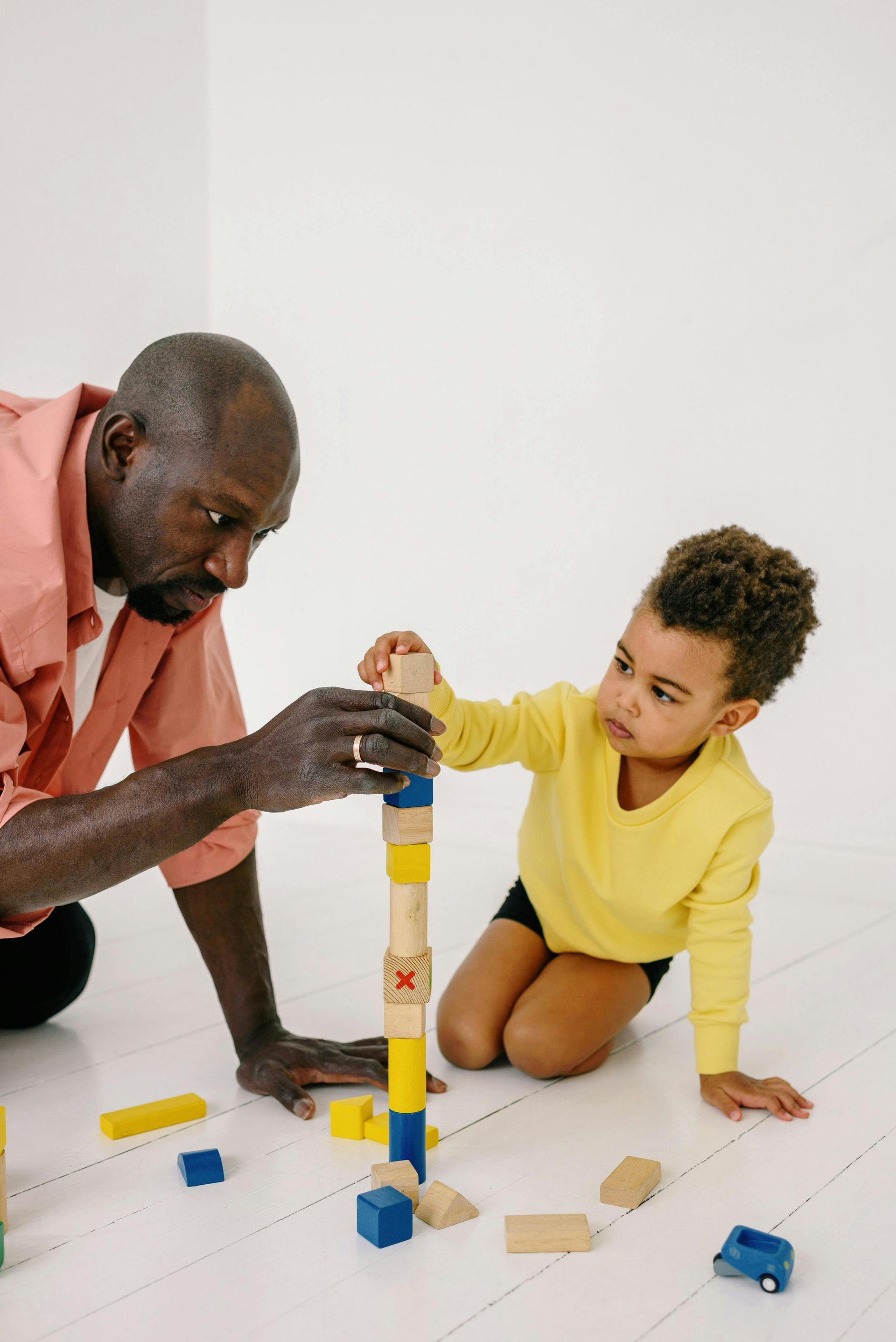Do's and Don’ts for ABA Therapy Parents
Do’s and Don’ts for ABA Therapy Parents
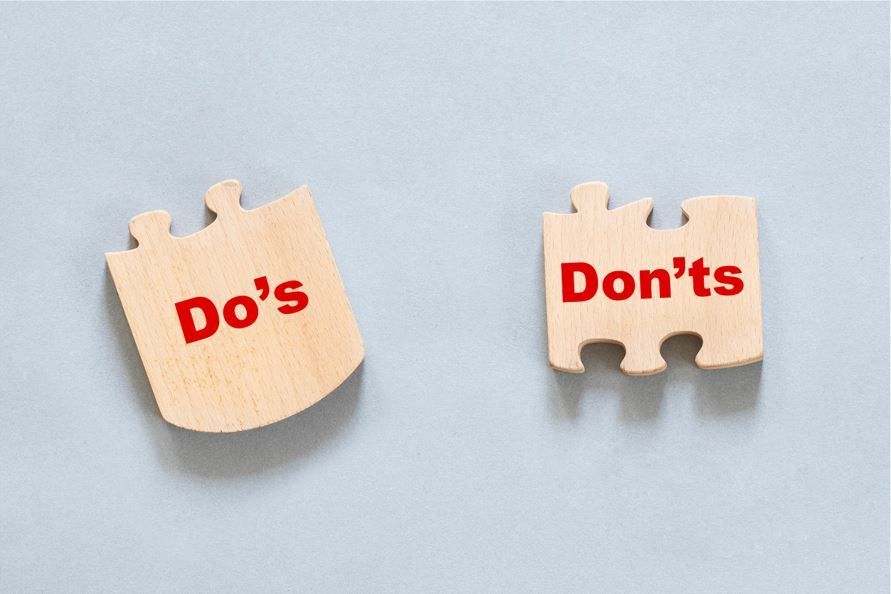
Applied Behavior Analysis therapy has a stellar reputation for improving the lives of children and adolescents with autism. It is a very intensive therapy that works best when techniques extend into the child’s life outside of therapy. Therefore, parents and families are vital to the long-term success of ABA. There are many things parents can do to increase or decrease ABA therapy’s effectiveness. Let’s start with some of the don’ts.
Common Mistakes to Avoid
Mistakes happen, but knowledge is power! Be aware of these ABA therapy don’ts, so you will be less likely to make mistakes like these.
● Punishment - A hallmark of ABA therapy is its emphasis on positive reinforcement. When parents use harsh words or physical punishment in frustration, it can be counterproductive and damaging to a child in the long term.
● Skipping appointments - Some children require daily ABA therapy, and clock up to 25-40 hours of therapy per week. Therapy this intensive is a commitment, and skipping appointments or a regular basis has the potential to undo progress.
● Not trusting the process - As you observe ABA therapy, you may see techniques you don’t understand or agree with right away. You may also sense that progress is so slow it feels nonexistent, but do your best to not get discouraged and trust these research-backed best practices.
A Short List of Big Do’s
● Get engaged and stay engaged - When you trust the process and engage in your child’s ABA therapy, everyone wins. Be present and a part of every step, from assessment, to the creation of the treatment plan, to the actual therapy and more. Share what you see from your child at home, as well as questions and concerns with your child’s therapist. Stay engaged as the cycle continues.
● Go to ABA parent training - Become more confident in your ABA skills by attending a training. Such training can give you the strategies and tools you need to deal with challenging behaviors and to improve communication between you and your child. You may also naturally learn from your child’s therapist if you observe sessions.
● Practice everywhere - Continue to hone your skills and grow your child in and out of the home. Home may very well be the easiest place for your child to perform a desired behavior, so practice in as many different settings as you can.
Positive Reinforcement not only offers ABA therapy services for North Virginia, West Virginia including cities like Glen Allen Virginia, Winchester Virginia, and ABA Therapy in Richmond Virginia. .
